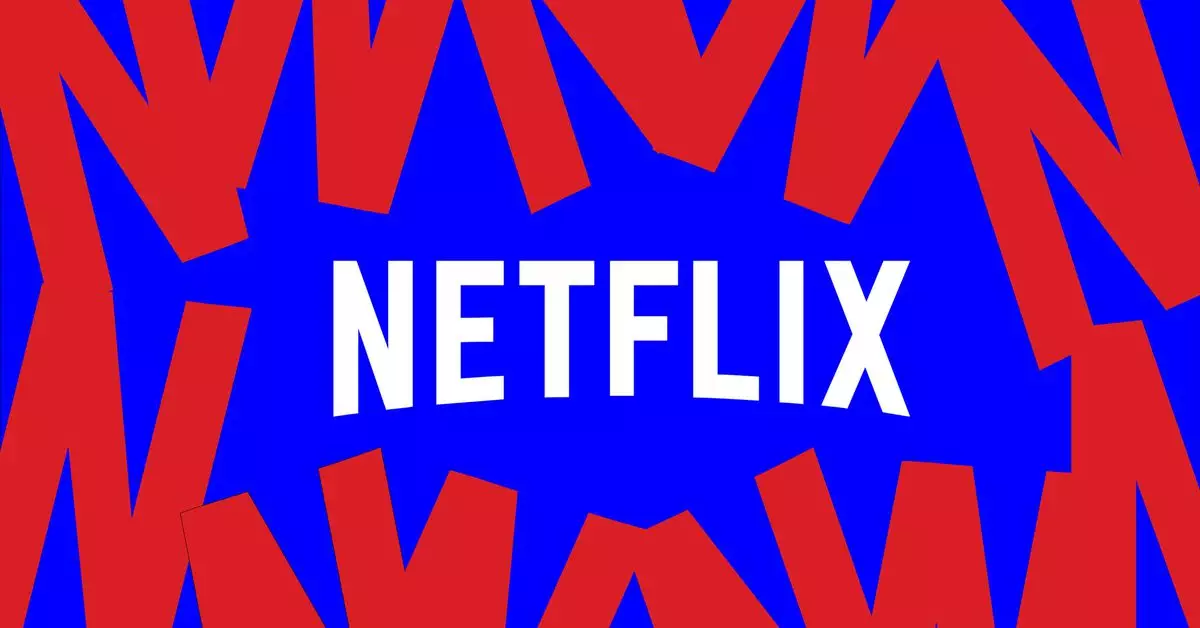Over the past decade, Netflix has been at the forefront of the streaming industry, becoming synonymous with the concept of streaming and setting a high standard for others to follow. With a plethora of original content and a continuously growing subscriber base, Netflix seemed unstoppable, reaching a market cap of over $300 billion in 2021. However, the tides turned in 2022 when Netflix started losing subscribers and faced the need for change.
In an unexpected move, Netflix launched a cheaper, ad-supported tier, a strategy that its co-founder Reed Hastings had previously rejected. The goal was to attract a new pool of subscribers while capitalizing on the revenue generated from advertisers. Despite a slow start, the ad-supported tier gained 5 million subscribers within six months, becoming one of Netflix’s most popular offerings. The company further enhanced the plan by adding features such as 1080p video and the ability to watch two streams simultaneously.
To combat the declining subscriber base and boost revenue, Netflix took the controversial step of cracking down on password sharing, a practice it had once embraced. This move, combined with frequent price hikes, did little to improve morale among subscribers. However, Netflix reported that cracking down on paid sharing resulted in more signups than cancellations and contributed to higher revenue.
Netflix’s pursuit of revenue growth led to another price hike and a restructuring of its plans. The company stopped allowing new subscribers to sign up for its cheapest ad-free plan and is gradually phasing out the plan for existing subscribers. Instead, Netflix aims to steer users towards its ad-supported and standard tier plans, as these generate higher revenue per customer. This strategic shift may seem counterintuitive, but it reflects Netflix’s evolving business model, where ads play a significant role in its revenue streams.
Scaling Advertising Business
During an earnings call, Netflix’s co-CEO Greg Peters emphasized the company’s focus on scaling its advertising business. Netflix aims to make its ads plan more appealing and explore opportunities to adjust its plans and pricing structure accordingly. One such endeavor is Netflix’s $5 billion deal for WWE Monday Night Raw, a strategic move to tap into a younger demographic and increase engagement. While subscribers to Netflix’s ad-free tier will not see ads during the show, those on the ad-supported plan will, creating an additional revenue driver for the company.
Adapting to Changing Market Dynamics
Netflix has undergone significant transformations, shifting away from its original vision. In response to evolving market dynamics and the need to show profitability, streaming services, including Netflix, have raised prices and consolidated their services into single platforms, such as HBO Max and Disney Plus with Hulu. Netflix is keenly aware of its position as one of the few must-have streaming services and aims to maintain its status amidst fierce competition.
The streaming landscape is no longer dominated by Netflix alone, challenging its previous dominance. Nonetheless, Netflix continues to evolve and push boundaries in search of sustained success. The current version of Netflix is a stark contrast to its earlier days, symbolized by its soaring stock prices. While the company has experienced setbacks and shifts in strategy, it remains determined to reimagine itself and remain relevant in an ever-changing streaming industry.
Netflix’s journey has been marked by both triumphs and challenges. From revolutionizing the streaming space to adapting to new market conditions, the company has consistently sought ways to attract and retain subscribers while maximizing revenue. With its evolving strategies and willingness to embrace change, Netflix continues to shape the future of the streaming industry and redefine itself in an increasingly competitive landscape.


Leave a Reply